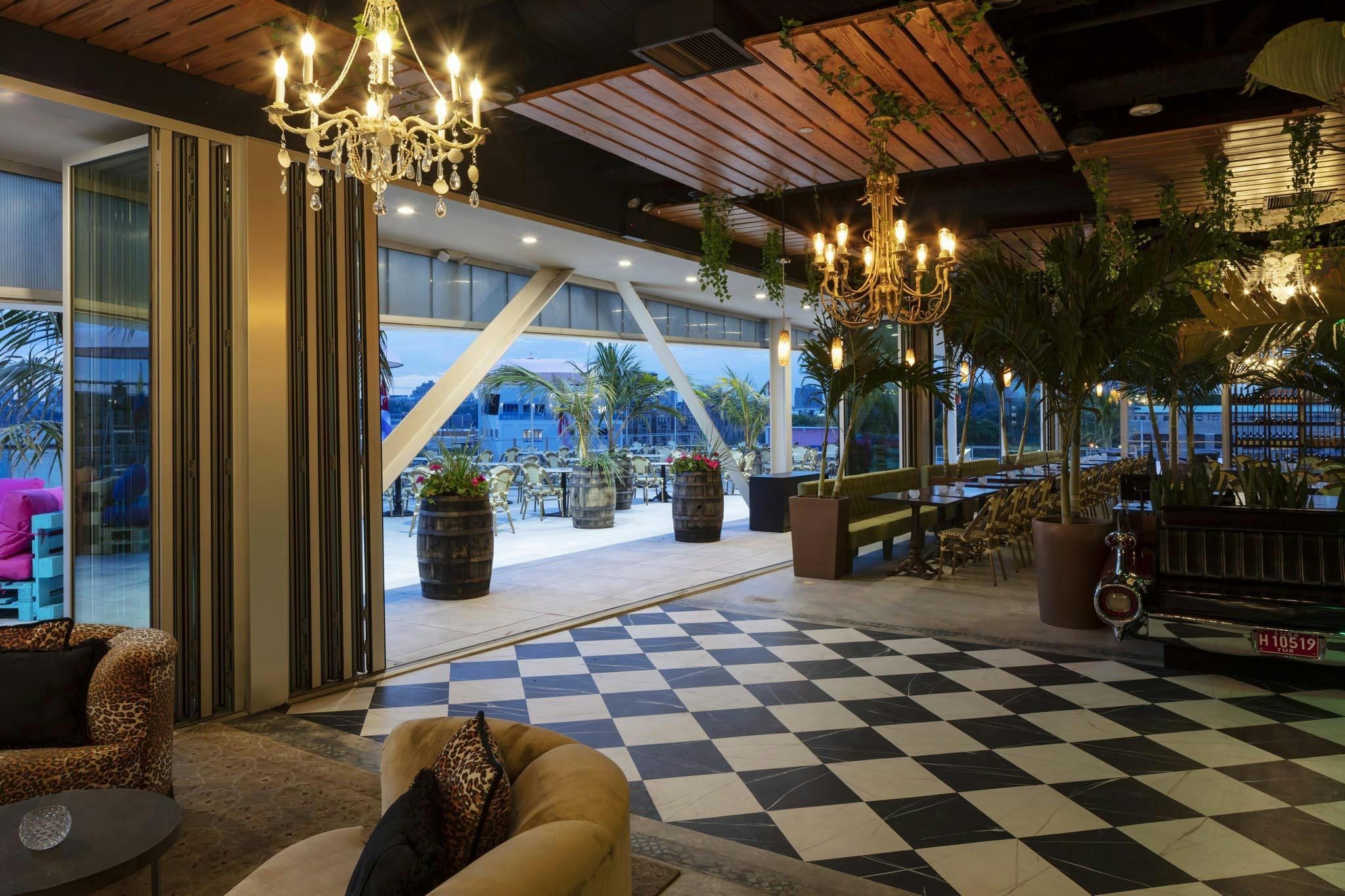

It is in charge of processing applications, licenses, permits and authorizations through a one-stop shop system, meaning an institution where all documents are submitted at once and approval or denial is received.īesides the tax and regulatory incentives, there are other motivations for foreign investment in ZED Mariel. The office prepares and conducts its Development and Business Program, based on the approved Land and Urban Development Plan. The Office of the Mariel Special Development Zone, in addition to administering the Zone, controls its activities. The ZED Mariel regulatory framework establishes only two levels of approval within a term not exceeding 60 days from the submission of the file containing the relevant documents and its acceptance by the Office of ZED Mariel. There are no customs duties on importing means and equipment for the investment process.Users are exempted from the tax on the use of labor force contribution to local development.Corporate tax is waived during the first 10 years of operation and is 12% afterwards.Taxes on sales and services are waived during for the first 12 months and are taxed at 1% afterwards.113/2012 of the Tax System and in Law No. The zone has a special tax regime applicable to all concessionaires and users that is comparatively more attractive than those established in Law No. The zone’s main industries include biotech, logistics, agriculture, construction, pharmaceuticals, transportation, and real estate.

So far, 8,560 jobs have been created directly within the zone and 100% of the businesses operating in the zone have at least some Cuban investment. The zone has commercial office space for rent, fiber optic internet, and a variety of amenities for its tenants. In 2014, a double track railroad began operations for the transport of cargo and passengers from the zone to the rest of the country's railroad network. The zone is connected to the rest of the national territory through the connection with the Havana-Pinar del Rio Throughway and the Pan-American Highway. The zone currently has roofed (46,784 m² ), open (30,000 m²), and refrigerated (8,500 m³) warehouses. The Mariel Container Terminal is one of the most modern ports in the region and is designed to operate Neo Panamax vessels. The zone’s location in the west of Cuba gives it access to international trade routes. The zone is located on the coast and taps into the main maritime commercial traffic routes in the Western Hemisphere. ZEDM has an area of 465.4 km² and is based in the north of Artemisa province, which is 45 km west of Havana. In 2014, when the TCM was inaugurated, it was announced as the first phase of the ZEDM development. A Brazilian company, Odebrecht, was in charge of constructing the port, and PSA International, a leading port group from Singapore, won the bid to administer it. The project was financed with US$ 900 million from the Brazilian Development Bank and the International Economic Association (IEA). Two years before the approval of ZEDM, the development of Mariel Bay had begun with the construction of the Container Terminal of Mariel (TCM). The legislation approves a broad range of regulatory bodies including: the Council of State: the Cuban Central Bank: the General Customs: and the Ministries of Science, Technology and the Environment, Finance and Prices, Interior, and Labor and Social Security. 313 in 2013 by the Council of State and regulated by Decree Law No. The zone was approved under Decree Law No. Mariel (ZEDM) is one of the most successful zones created by this framework. These ZEDs aim to stimulate export, incubate projects in Cuba’s fast growing tech scene, and employ thousands of workers at the local level. In 2011, the Sixth Congress of the Comunist Party of Cuba approved the “Guidelines of the Economic and Social Policy of the Party and the Revolution'' which established and promoted the creation of Special Development Zones (known by the Spanish acronym ZED).


 0 kommentar(er)
0 kommentar(er)
